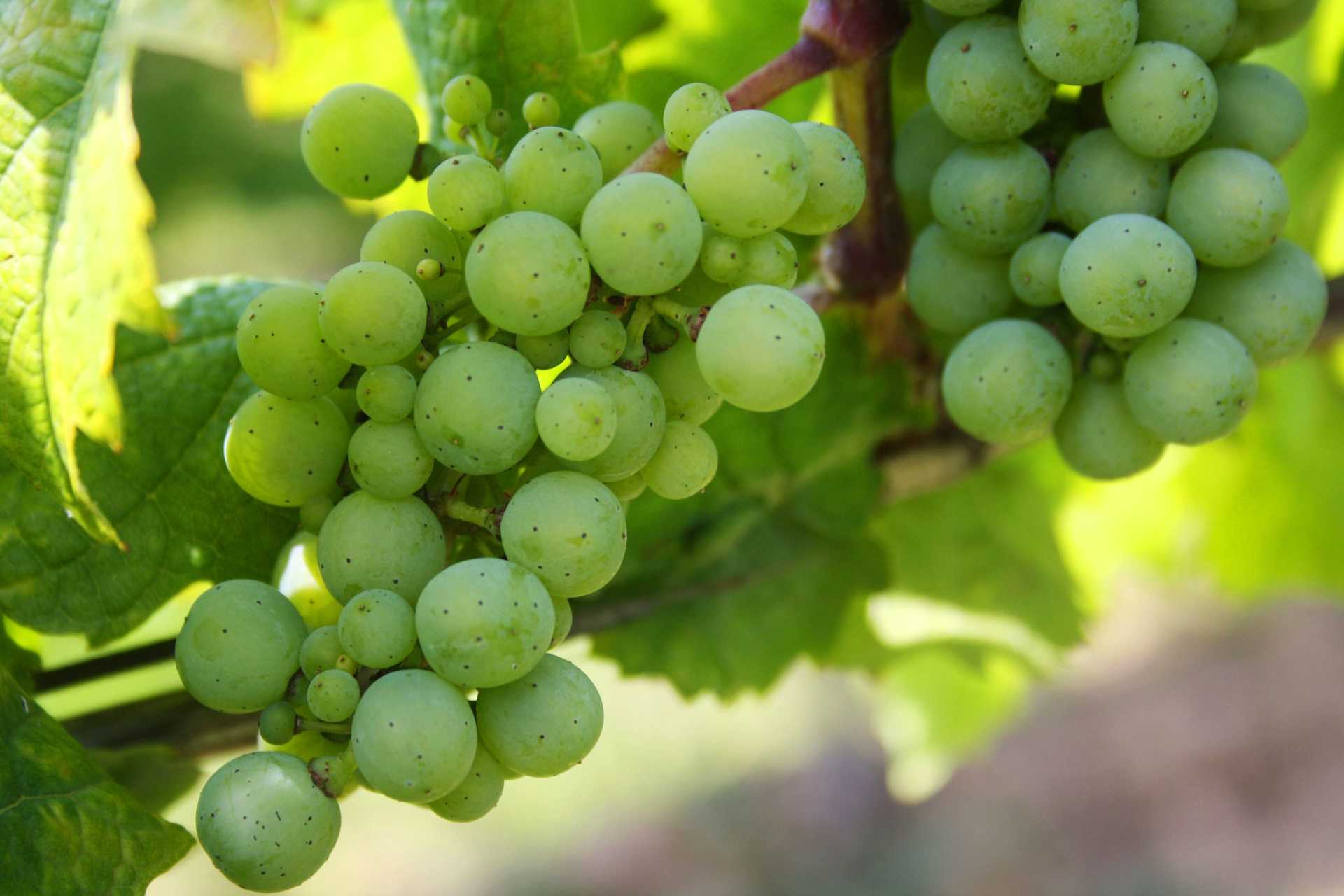Bouza do Rei Albarino Rias Baixas Lagar 2009
-
Wine
Spectator


Product Details
Your Rating
Somm Note
Winemaker Notes
Aromas of fresh peach and apple butter. Honeyed nectarine and peach flavors laced with youthful acids.Great length with a spritzy, green-apple tang. This is a white wine with nice acid backbone, excellent fruitiness, light, and an appropriate wine to complement fish and shellfish. The ideal temperature to drink this wine is about 55 degrees F.
Professional Ratings
-
Wine Spectator
This shows impressive power for the region, with a waxy texture, a full body and expressive vanilla and leesy notes that support pear and grapefruit flavors. A distinctive wine. Drink now through 2012.

The terrains of the Rías Baixas wines are under the influence of the Atlantic climate: in autumn and winter they normally receive warm fronts from the tropics, which usually result in heavy rains, with yearly averages of around 1300 mm and mild temperatures. Spring comes early and is free from frost. The summers are dry, though they are normally mild due to the proximity of the sea and the protective influence of surrounding mountains. Generally speaking, the soil has a high level of granite and is relatively sandy, rich in organic material, slightly acidic, permeable and deep (except on the hills), thus favouring the cultivation of grapes with a pleasant flavour.

With hundreds of white grape varieties to choose from, winemakers have the freedom to create a virtually endless assortment of blended white wines. In many European regions, strict laws are in place determining the set of varieties that may be used in white wine blends, but in the New World, experimentation is permitted and encouraged. Blending can be utilized to enhance balance or create complexity, lending different layers of flavors and aromas. For example, a variety that creates a soft and full-bodied white wine blend, like Chardonnay, would do well combined with one that is more fragrant and naturally high in acidity. Sometimes small amounts of a particular variety are added to boost color or aromatics. Blending can take place before or after fermentation, with the latter, more popular option giving more control to the winemaker over the final qualities of the wine.

Named after the rías, or estuarine inlets, that flow as far as 20 miles inland, Rías Baixas is an Atlantic coastal region with a cool and wet maritime climate. The entire region claims soil based on granite bedrock, but the inlets create five subregions of slightly different growing environments for its prized white grape, Albariño.
Val do Salnés on the west coast is said to be the birthplace of Albariño; it is the coolest and wettest of all of the regions. Having been named as the original subregion, today it has the most area under vine and largest number of wineries.
Ribeira do Ulla in the north and inland along the Ulla River is the newest to be included. It is actually the birthplace of the Padrón pepper!
Soutomaior is the smallest region and is tucked up in the hills at the end of the inlet called Ria de Vigo. Its soils are light and sandy over granite.
O Rosal and Condado do Tea are the farthest south in Rías Baixas and their vineyards actually cover the northern slopes of the Miño River, facing the Vinho Verde region in Portugal on its southern bank.
Albariño gives this region its fame and covers 90% of the area under vine. Caiño blanco, Treixadura and Loureira as well as occasionally Torrontés and Godello are permitted in small amounts in blends with Albariño. Red grapes are not very popular but Mencía, Espadeiro and Caiño Tinto are permitted and grown.